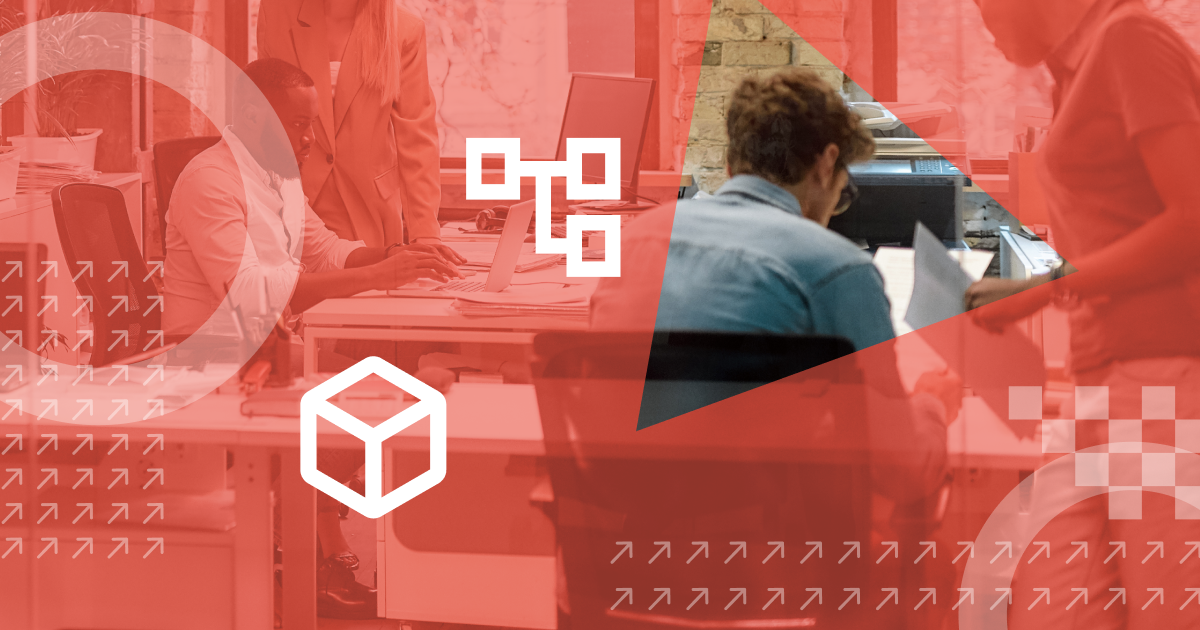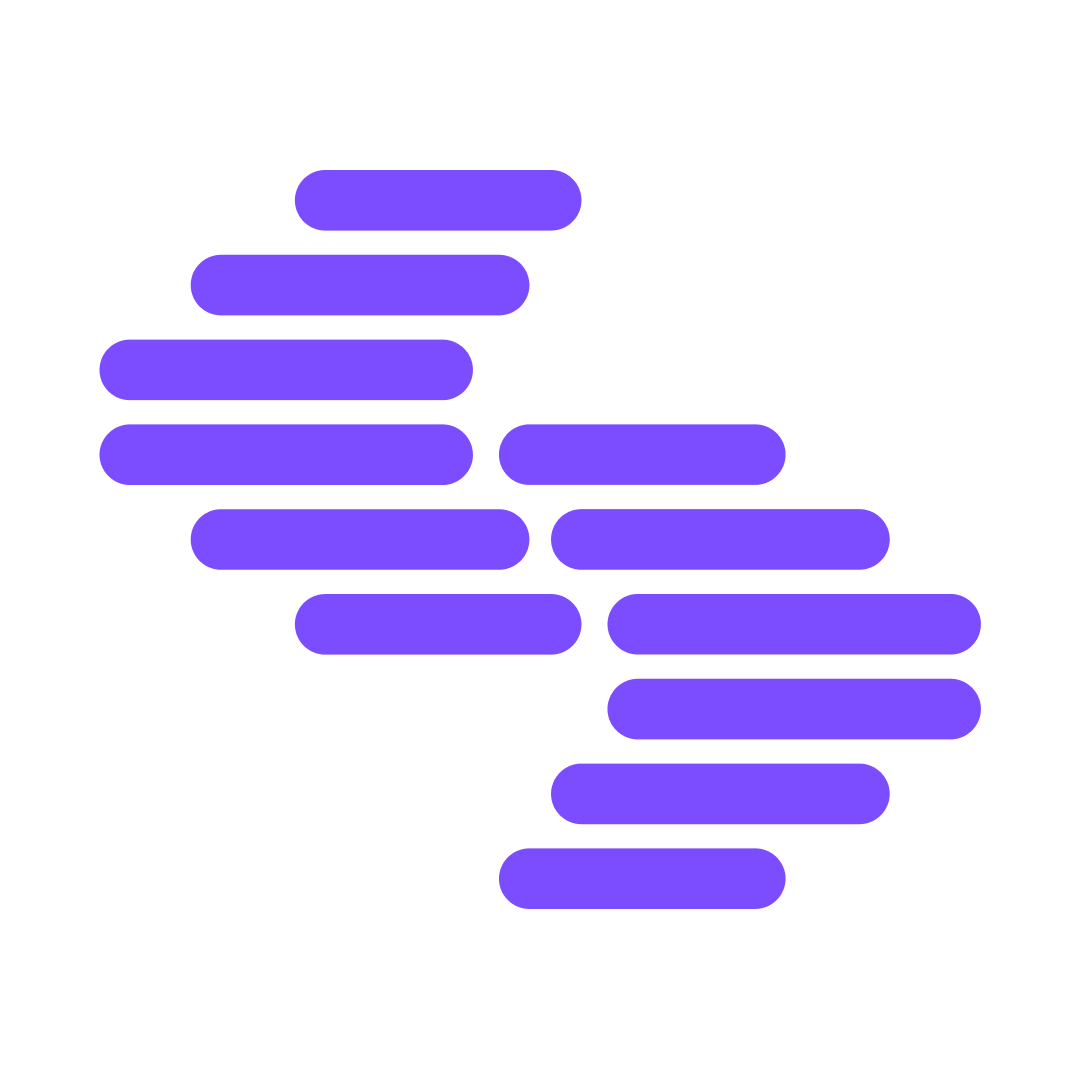How headless applications enhance digital experiences

Understand how a headless application transforms your digital strategy, enhances flexibility and integrates with your existing tech. These applications ensure a user-centric experience and accelerate your future growth. Schedule a demo today to learn how headless applications can help your business.
Highlights
You’ll learn about:
- Why companies are switching to a headless approach
- The core components of a headless application
- Strategies to integrate headless systems
- Different ways to overcome potential bottlenecks while integrating a headless architecture
- Learn how to implement a headless architecture
A headless application allows you to pivot towards more agile, resilient and adaptable digital infrastructures. Discover how our headless application can transform your business.
Keep reading to learn more!
In recent years, the business community has welcomed headless architecture with open arms because it links technical and business teams. But why and how is it uniting these two teams?
Headless architecture overcomes the challenges posed by traditional applications.
If you’re worried about poor user experience, sluggish website performance, and short user journeys, it’s time to focus on headless applications.
With 52% of US consumers sometimes or always walking away from purchases because of bad user experience, a headless application provides a more personalized user experience. You can achieve this by allowing your developers to build and optimize the front end independent of the back end.
Before moving forward, let's explore what a headless application is.
What is a headless application?
A headless application is an architecture that completely separates the front-end layer from the back-end services, ensuring they operate independently. These applications operate without a graphical user interface (GUI). Headless applications run in the background and don’t require a user interface to function.
These apps use application programming interfaces or APIs to transfer your data from the front-end to the back-end layer and vice-versa. Because of this, headless applications are popular among companies that require high scalability, automated app designs, and flexibility.
What are the components of a headless application?
Content management system (CMS)
A CMS stores and manages all your digital content, making it an important part of your headless architecture. Unlike traditional CMS platforms, a headless CMS delivers content through API and doesn’t require a custom front-end.
.png)
API
APIs are the bridges that communicate content from the back-end CMS to the front-end presentation layer. With an API-first approach, your developers can access, modify, and handle content across various platforms without custom coding for each device or channel.
Overcome traditional CMS issues with Contentstack: Are you tired of slow development times and rising costs due to legacy monolithic suites? Contentstack offers a modern, component-based solution designed for the needs of today's enterprises. Discover agility and improved ROI. Request a demo to learn more.
Development frameworks
Developers use these tools and libraries to craft the user interface and experience. With a headless architecture, developers can choose the best technology stack for a project, unrestricted by any specific framework.
Delivery platforms
Delivery platforms are the different channels and devices that show your content to end-users on websites, mobile apps, IoT devices, and digital displays. The headless approach facilitates easy adaptation and distribution of content across these platforms, ensuring a seamless user journey.
Benefits of headless application integration
The advantages of headless applications are:
Improves user experience and UI flexibility
Opting for headless applications has some benefits, especially when it makes your users' experience smoother and your interface more flexible. Since the presentation layer is separate from the content delivery layer, you can recommend changes to the UI without worrying about overhauling the back-end system.
Streamlines content management across multiple channels
Another significant advantage is that it streamlines content management across various channels. Headless architecture updates, manages, and delivers content across various platforms. You provide a consistent brand experience and messaging across all customer interactions using an omnichannel strategy.
Improving development time and future-proofing the tech stack
Headless applications enhance development efficiency by enabling front-end developers to operate independently from back-end services and future-proof your tech stack. With the decoupled front end, integrating new technologies and frameworks is easy. As a result, businesses can respond to emerging trends without overhauling the system.
Contentstack: A Leader in CMS Performance. Experience the strength of Contentstack, a standout performer in Forrester's Q3 2023 CMS report. Contentstack simplifies your digital experience with our back-end extensibility and global deployments. Request a demo to learn more.
Strategies for integrating headless applications
Seamlessly integrating headless applications into your digital ecosystem requires strategic planning. Here are some key strategies for successful implementation:
Define clear objectives
Set clear objectives upfront. Identify challenges and opportunities for headless integration targets within your digital landscape. Concrete goals will guide the integration process and measure success, whether improving site speed, enriching content distribution, or enhancing user experience.
Pick the right headless CMS
Choosing the right headless CMS is critical. Look for options with strong API support, content management capabilities, and thorough documentation aligned with your needs and long-term strategy. A headless CMS like Contentstack can serve all your needs.
Embrace API management
Given the API's key role, effective management is essential. Secure, monitor, and scale APIs to handle your operations efficiently.
Robust API management tools provide insights and control over this crucial infrastructure.
Encourage cross-functional collaboration
For successful headless architecture integration, maintain collaboration among content creators, developers, and IT professionals. Collaborating with other teams increases teamwork, helps you communicate openly, and shares an understanding of project objectives and timelines.
Focus on front-end flexibility
Separating the presentation and content layers opens new opportunities for innovative UI and UX experimentation. Select front-end technologies that align with your target audience's requirements to ensure optimal performance and heightened user engagement.
Ensure continuous learning
Stay updated on headless technology trends, APIs, and front-end frameworks. Encourage ongoing learning and adaptability within your team to remain competitive.
How to overcome challenges in the integration of headless applications
Successful integration of headless applications is a complex process. If you face potential bottlenecks anytime during the integration, use these strategies to overcome them:
- Provide training: Ask your team to attend interactive training sessions to learn about headless technology and keep up with the latest technologies.
- Create a robust API strategy: Develop a clear API strategy that focuses on efficiency, security, and scalability. To develop an API strategy, define standard API rules. This integrates your content management systems or headless commerce platform with their front-end interfaces.
- Craft a unified content strategy: Another way is to create a unified content strategy providing consistent messaging and branding across all channels and platforms. You need to plan and coordinate to provide a unified user experience.
- Implement a design system: A design system delivers common terms and design rules and provides a library of reusable components for all digital products. It gives your design direction, and when it is done, you have a uniform look and experience on various platforms.
- Conduct regular cross-platform testing: Conduct regular testing across all platforms to ensure uniform functionality and appearance. Inconsistencies can be promptly identified and addressed through continuous integration and delivery practices.
Case study: How Cartier's headless strategy transformed website management with Contentstack
Cartier could not manage its multiple websites, resulting in brand alignment issues and inefficient updates. To address this issue, they adopted a headless strategy. Using Contentstack's Headless CMS, they enhanced content reuse and streamlined site development. After implementing and integrating the headless CMS, Cartier offers brand consistency, quicker website creation, and optimized content delivery. As a result, the company can now provide faster website development, maintaining brand integrity across initiatives and increasing ROI on content assets.
Listen to what Anastasia Goglova, International Digital Lead at Cartier, said,
"The websites that are such a critical part of our digital portfolio are now more aligned and more performant. As a result, Cartier's digital customer experience improves, reflecting our digital customer experience and becoming a reference for luxury in all aspects."
Read more about this case study here.
How to implement a headless application
To implement a headless application, follow these steps:
Evaluate and plan: Thoroughly evaluate your existing digital infrastructure. Identify potential areas of improvement and how a headless architecture can address these issues. When planning, consider the impact of implementation on your workflow, content delivery needs, and future growth.
- Select the right tech stack: Choose the appropriate headless CMS for your project's needs. Alternatively, decide on the front-end technologies that showcase your content across different platforms.
- API strategy development: Design an API strategy for seamless communication between your CMS and the presentation layer. Your API strategy should prioritize security, efficiency, and scalability.
- Train and prepare your team: Train your development, content, and design teams on headless architecture and the specific technologies you plan to use. Knowledge of using a new system ensures a smooth transition and ongoing operation.
- Develop and test: Develop your front-end application while your content team populates the CMS. Adopt an agile, iterative approach for continuous testing, feedback, and improvement. As a result, both the content delivery and presentation layers work together.
- Align your content and design: Unify all your content strategy ideas with your design and development strategy. This creates a continuous and engaging user experience across all devices and platforms.
- Deploy and improve: After thorough testing, deploy your headless software. After the launch, constantly track performance, user responses, and industry trends. Use these insights to tweak changes and remain relevant and compelling.
Once your testing is complete, start deploying your headless application. Following the launch, evaluate the performance, collect user feedback, and keep up with upcoming trends.
FAQs
What is meant by a headless application?
The term headless application refers to software that works without the GUI. In a headless application, the presentation layer decouples from the back-end services.
What is a headless API?
A headless API stores content in the back end and delivers it to any front-end interface. It allows developers to request and receive content, helping you use the same back-end to power diverse digital platforms.
What is an example of a headless device?
Amazon Echo and Google Home are two examples of headless devices. These devices do not have a visual interface for user interaction. They rely on voice commands to interact with various applications or services through the internet.
Can headless applications improve digital marketing efforts?
Yes, headless applications can improve your digital marketing efforts. Marketers can easily publish content across multiple platforms, ensuring a consistent brand experience across all channels.
Is a headless application suitable for all types of businesses?
No, a headless application is not appropriate for some businesses. Companies that see the greatest value in these tools favor high flexibility, manage content throughout multiple platforms, or plan to change their technology stack to stay ahead of the trends.
Learn more
By integrating headless applications, businesses can enhance user experiences. streamline content management and position themselves at the forefront of digital innovation.
Thinking about what a headless application can do for your business? Schedule a free demo with Contentstack to learn more.
About Contentstack
The Contentstack team comprises highly skilled professionals specializing in product marketing, customer acquisition and retention, and digital marketing strategy. With extensive experience holding senior positions in notable technology companies across various sectors, they bring diverse backgrounds and deep industry knowledge to deliver impactful solutions.
Contentstack stands out in the composable DXP and Headless CMS markets with an impressive track record of 87 G2 user awards, 6 analyst recognitions, and 3 industry accolades, showcasing its robust market presence and user satisfaction.
Check out our case studies to see why industry-leading companies trust Contentstack.
Experience the power of Contentstack's award-winning platform by scheduling a demo, starting a free trial, or joining a small group demo today.
Follow Contentstack on Linkedin



.svg?format=pjpg&auto=webp)


.svg?format=pjpg&auto=webp)
.svg?format=pjpg&auto=webp)
.svg?format=pjpg&auto=webp)
.svg?format=pjpg&auto=webp)






